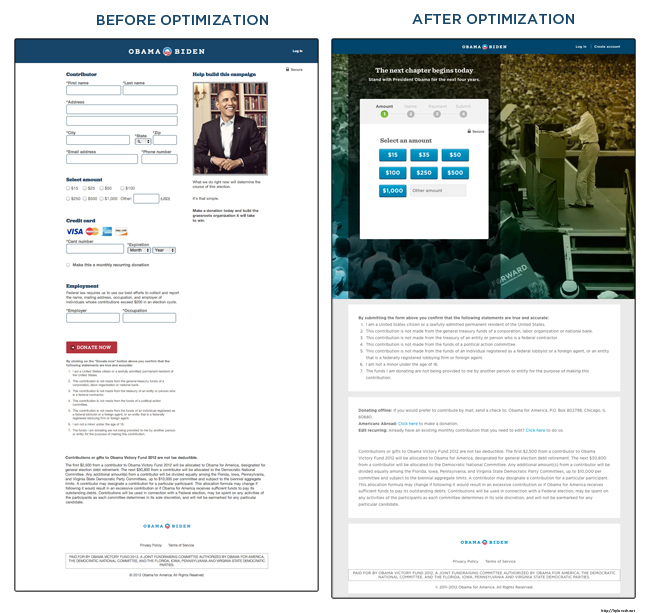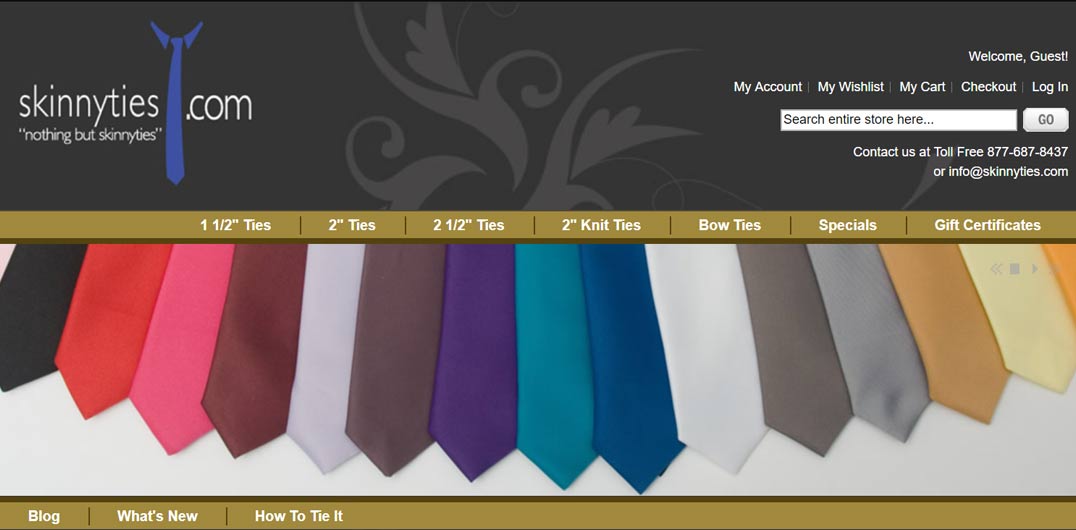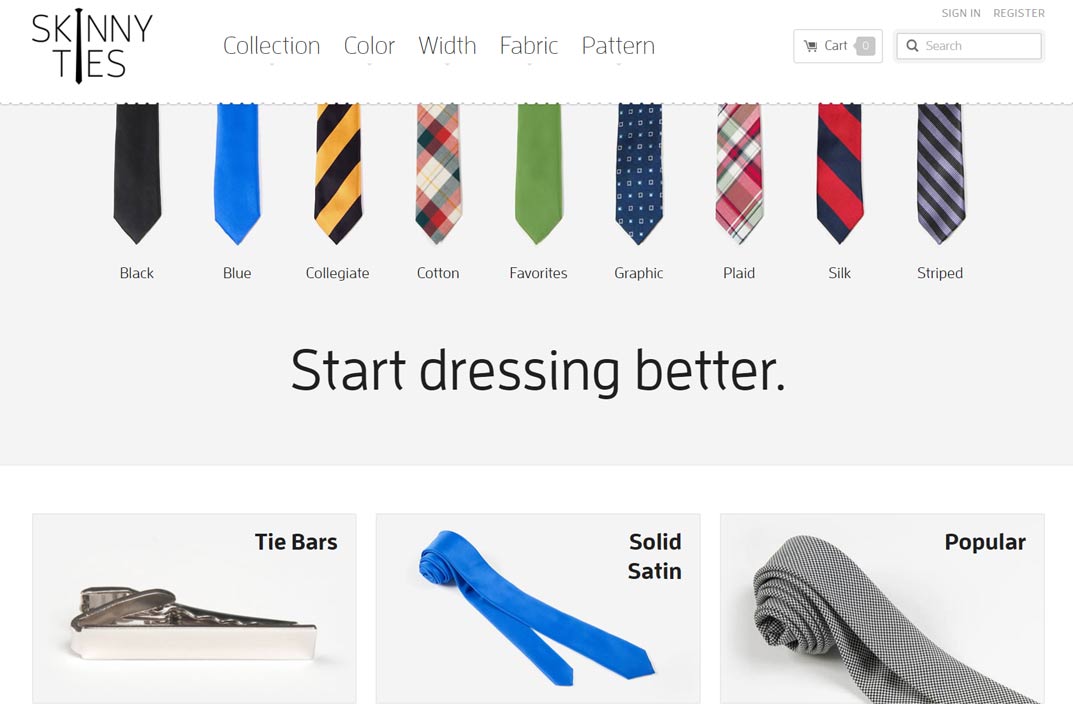The furore surrounding Cambridge Analytica and its alleged misuse of personal Facebook profile data has created headlines around the world.
The data analysis firm is accused of having exploited Facebook’s loose regulations and minimal oversight to harvest massive amounts of user data to firstly, understand what messages people were susceptible to, to then use that insight to influence people’s opinions and voting behavior, feeding them all kinds of political propaganda and the proverbial “fake news” from people they trusted.
It highlights that there is a fine line between persuasion and manipulation when it comes to using human behavioral science to influence user behavior.
But the rule is simple:
If a company uses behavioral insights to promote their own corporate interests ahead of the customer’s actual needs, they’re likely to be guilty of manipulation or coercion. But customer relationships that are built on manipulatory processes, which always involve a degree of misrepresentation and deception, don’t go a long way. They only last until customers realize they are being treated with disdain rather than care.
Case in point: The public is losing trust in Facebook’s ability to protect privacy and democracy
Persuasion, on the other hand, is the art and science of aligning your objectives with those of your audience, i.e. by making the buyer journey easier to follow, more fluid and more importantly, centered around customer needs. It has a lot to do with using behavioral insights to facilitate certain actions versus exploiting emotional and psychological weaknesses of people.
Both, persuasive and manipulative approaches, aim to influence people, but the significant difference between the two, explains Nathalie Nahai, is the intent. Nahai is a best-selling author and renowned web psychologist who uses science-based approaches to help companies increase their reputation, client base, and profit online.
During her keynote – The Psychology Behind User Behavior – held at Google’s Conversions@Google Conference in Dublin in 2016, Nahai shared some principles to influence behavior and facilitate action while creating a positive win-win feel between consumer and brand, and without crossing over to being manipulative.
Thought it’s a good time to share the most interesting ones with you:
1. Reduce the cognitive load
As human beings, our capacity to use our brains is generally deemed superior to other animals. However, the part of our brain, the prefrontal cortex, that helps us make decisions, is still primarily primed for survival and efficiency. It leads us to wanting to make quick decisions. The brain struggles in situations where it is exposed to too much information during a single moment. Here, we need support.
“If you want to encourage your customers to convert, you have to lower the amount of mental effort that you are demanding from them to engage with you, whatever the device,” says Nahai.
There are three steps to decrease consumers’ cognitive load:
- Reduce the number of actions to get people from A to B
- Split complex processes into single steps
- Minimize visual clutter by chunking design elements together
Amazon’s one click to buy button is a perfect example of a company simplifying the buying process and removing the transactional pain of paying.
During the fundraising campaign for Barack Obama in 2012, developers applied the principle of reducing cognitive load for visitors by optimizing and tweaking the page with larger images, a simpler donation process, and pre-selected payment options. A/B tests showed that these optimizations geared towards simplicity led to an increase in conversion by 49% (see below right).
Companies are also increasingly recognizing AI-driven Digital Advice as a method to optimize the decision-making process, using data and behavioral insights to understand intent and reduce the cognitive load for customers.
It’s one of the most effective ways to guide prospective buyers to the right products based on a deeper understanding of their explicit and implicit needs, their situation, and their context.
See some examples here.
2. Create an experience of fluency
Messages that we find easiest to process tend to be more persuasive. If information is visually clear and uses simple language, it is likely to be perceived as more trustworthy than complex information.
Nahai explains that there are four factors to processing fluency:
1. Repetition – statements that are repeated often become easier to understand. It’s one of the reasons why repeating calls to action can be effective.
2. Structure – if companies use messages that can be learnt easily, consumers are able to process those messages better. It creates familiarity with the brand and makes the tagline more memorable.
Nike, for example, replicated the three-word structure and font of its famous ‘Just Do It’ slogan to make its ‘Find Your Greatness’ campaign instantly recognizable.
3. Perceptual (design) fluency – an interface that is intuitive and easy to understand will give users a pleasurable experience, leading to a likely increase in purchase intent.
After initially struggling with conversion, Skinny Ties – the American retro-style tie brand – redesigned its website with perceptual design fluency in mind. They added more white spaces, high-res images and contrasting colors, which resulted in 4% revenue growth, 6% conversion rate increase, 2% bounce rate decrease and 6% visit duration increase – in less than a month.
Before:
After:
4. Linguistic fluency – if you want consumers to perceive your brand as familiar, or get them to follow instructions, word structure is very important. Using short, simple and easy to pronounce sentences usually results in higher conversion.
Using the right font can also have a huge impact on how users perceive your brand.
For example, companies like Jeep and The North Face use clear, high-contrast fonts like sans-serif that are easier to process and remember.
3. Consider hedonic adaptation
People quickly become desensitized to things that have become familiar. When something is new it’s a novelty and creates a high stimulus. But over time, that evolves into boredom.
“People become accustomed to positive or negative stimulus. Emotional effects of that stimulus are attenuated over time,” says Nahai.
Nahai explains that there are four ways you can address hedonic adaptation to create more compelling offers:
- Update products frequently
- Change layout and structure (finding the comfortable space between novelty and familiarity)
- Alter the user experience
- Make rewards unpredictable
The key element of modern, compelling marketing is understanding the principles of psychology and human behavior. Big data and computation have given marketers an accelerator to understanding how and why people think and act the way they do. This helps them get the right message to the right people at the right time.
But with great (technological) power comes great responsibility.
If you’re unsure about whether you are using persuasion or are guilty of manipulation, all you have to do is ask yourself if you’re doing something that you genuinely believe is in the best interest of your customers. Or, are you convincing them to do something that you’re pretty sure is not right for them?
In the end, persuasion is about strategies and tools. It’s about presenting facts, arguments and interactions in a way that is more likely to get the person on the other side of the conversation to buy into your point of view. As Jonathan Fields describes, it’s the underlying intent, the net benefit and the veracity with which you bring this toolbox to life that creates the difference between persuasion and manipulation.
The article has been originally published on Guided-selling.org and is republished here with permission.





